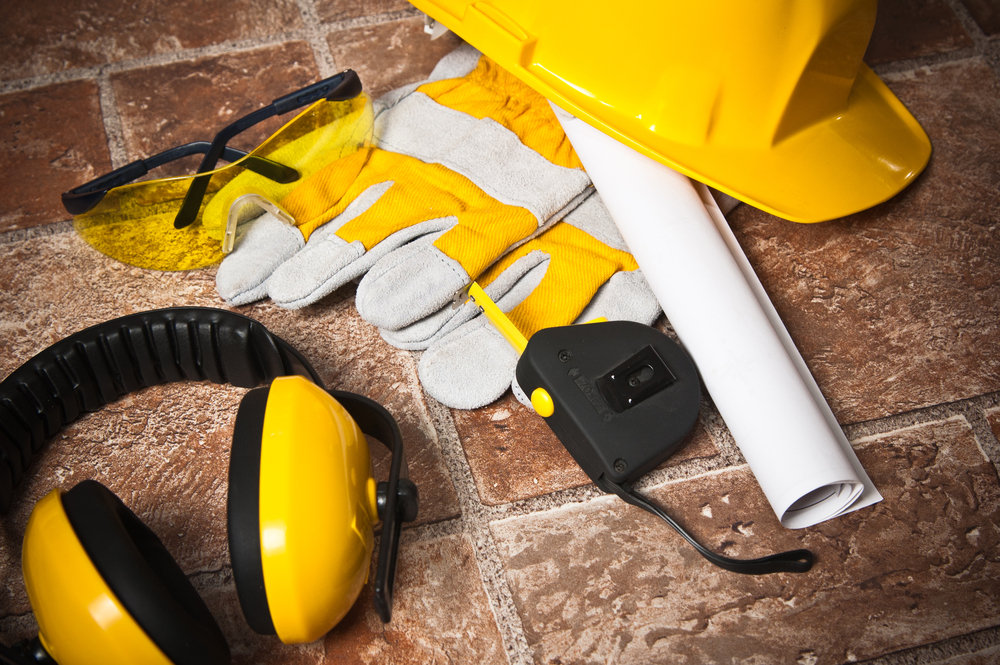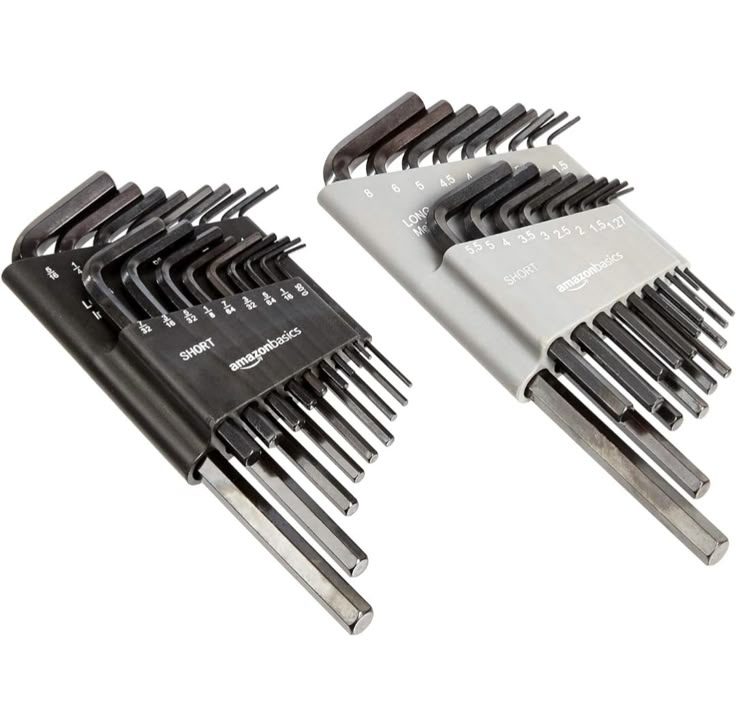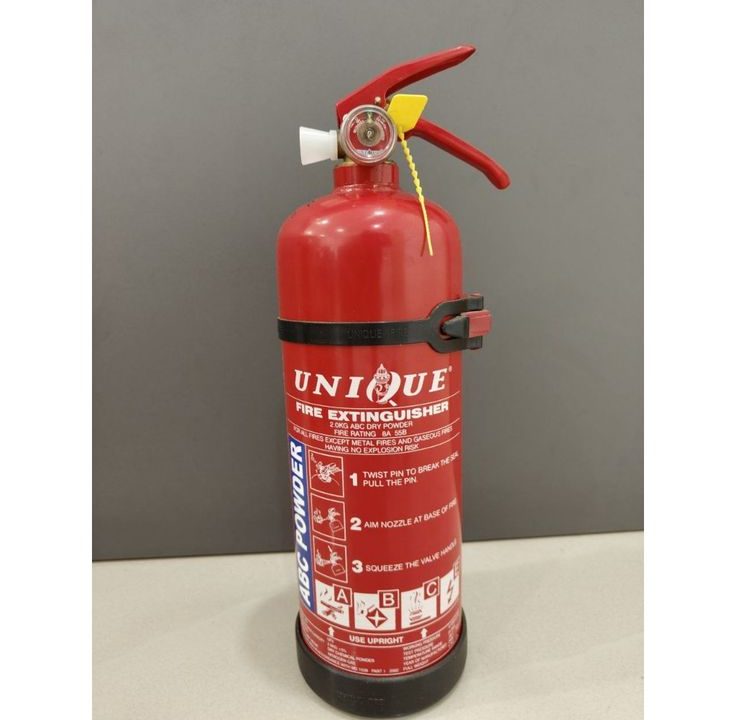Ensuring Safe Travels: Essential Road Safety Equipment for Every Journey

Protect Your Vision: Where to Buy Eye Protection Glasses Online
May 21, 2024
Different Types of Breathing Protection Equipment Available Today
June 14, 2024Welcome to our guide on ensuring safe travels through the use of essential road safety equipment. Whether you’re a seasoned road traveller or embarking on your first adventure, prioritizing safety is paramount. In this comprehensive guide, we’ll delve into the must-have equipment that every driver should have to navigate the roads securely.
- Prioritize Preparedness: Equip your vehicle with an emergency kit containing essential supplies like first aid items, roadside assistance tools, and communication devices. Being prepared for unforeseen circumstances can make all the difference in ensuring a safe journey.
- Maintain Visibility: Good visibility is crucial for safe driving, especially in adverse weather conditions. Invest in high-quality windshield wipers, functioning headlights, fog lights, and reflective tape to enhance visibility and reduce the risk of accidents, particularly at night.
- Embrace Advanced Technologies: Consider integrating Advanced Driver Assistance Systems (ADAS) into your vehicle to enhance safety. Features like adaptive cruise control, lane departure warning systems, and automatic emergency braking can help prevent collisions and mitigate their severity, keeping you and your passengers safe on the road.
The Importance of Road Safety
Before we dive into the specifics, let’s underscore the significance of road safety. With the increasing number of vehicles and varied driving conditions, accidents can occur unexpectedly. Investing in road safety equipment isn’t just about protecting yourself but also your passengers and fellow travellers. Let’s explore how we can make our journeys safer and more secure.
Must-Have Road Safety Equipment
1. Emergency Kit
Being prepared for unforeseen circumstances is crucial. An emergency kit should include first aid supplies like bandages, antiseptic wipes, and pain relievers, roadside assistance essentials such as reflective triangles and a flashlight, basic survival gear including emergency blankets and non-perishable snacks, and communication devices like a cell phone with a charger.
2. Tire Maintenance Tools
Flat tires are a common road hazard, but with the right tools, they need not derail your plans. Ensure your vehicle is equipped with a spare tire, tire jack, lug wrench, tire pressure gauge, and a tire inflator or air compressor to handle tire-related issues efficiently.
3. Visibility Enhancers
Good visibility is vital for safe driving, especially during adverse weather conditions. Equip your vehicle with high-quality windshield wipers, properly functioning headlights and taillights, fog lights for foggy conditions, and reflective tape or stickers to increase visibility, particularly at night.
4. Navigation Aids
Navigating unfamiliar roads can be challenging, but the right tools can help. Consider investing in a GPS navigation system, and smartphone navigation apps like Google Maps or Waze, and always have paper maps as a backup in case of technological failures.
5. Emergency Communication Devices
In emergencies, communication is key. Ensure you have a reliable cell phone with you at all times, and consider investing in a satellite communication device for remote areas. Don’t forget to have a backup power source to keep your devices operational.
6. Vehicle Maintenance Tools
Regular maintenance is essential for a smoothly running vehicle. Equip yourself with a tyre pressure gauge for regular checks, an oil filter wrench for oil changes, a diagnostic scanner, a battery tester, and a basic toolkit for quick repairs or adjustments.
7. Personal Safety Gear
Lastly, prioritize personal safety. Equip your vehicle with a seatbelt cutter and window breaker, a reflective vest or jacket, emergency blankets, and a basic first aid kit to handle minor injuries on the road.
8. Advanced Driver Assistance Systems (ADAS)
As technology continues to advance, so too do the capabilities of modern vehicles. Advanced Driver Assistance Systems (ADAS) are a prime example of how technology is revolutionizing road safety by helping drivers avoid accidents and mitigate the severity of collisions.
- Adaptive Cruise Control
Discover how adaptive cruise control automatically adjusts your vehicle’s speed to maintain a safe following distance, making highway driving safer and less stressful.
- Lane Departure Warning Systems:
Learn how lane departure warning systems help drivers stay focused and alert by providing visual, auditory, or tactile warnings when drifting out of their lane.
- Automatic Emergency Braking:
Explore the benefits of automatic emergency braking systems, which use sensors and cameras to detect obstacles and apply the brakes to prevent or mitigate collisions.
- Blind-Spot Monitoring Systems:
Understand how blind-spot monitoring systems assist drivers in detecting and avoiding vehicles in their blind spots, reducing the risk of side-swipe accidents.
- Additional ADAS Features:
Delve into other advanced features like parking assistance systems, pedestrian detection systems, and rear cross-traffic alert systems, which further enhance safety and convenience on the road.
Conclusion
By investing in essential road safety equipment and embracing advanced technologies, you’re not just preparing for emergencies – you’re actively mitigating risks and ensuring safe travels for yourself and others on the road. Remember, safety should always be the top priority, so equip yourself with the right tools and knowledge to navigate any journey with confidence.
Call to Action:
Ready to enhance your road safety arsenal? Explore our selection of top-quality safety equipment and advanced driver assistance systems today! Whether you’re planning a cross-country road trip or a daily commute, we’ve got everything you need to ensure safe travels on every road. Don’t wait until it’s too late – prioritize safety and embark on your adventures with peace of mind.
Frequently Asked Questions (FAQs)
Why is road safety equipment important?
Road safety equipment is crucial because it helps drivers and passengers stay safe on the road. By having the right tools and gear readily available, you can effectively handle emergencies, reduce the risk of accidents, and ensure a smoother journey for everyone.
What should I include in my emergency kit?
Your emergency kit should include essential items such as first aid supplies (bandages, antiseptic wipes, pain relievers), roadside assistance tools (reflective triangles, flashlight, jumper cables), basic survival gear (emergency blankets, non-perishable snacks, water), and communication devices (cell phone with charger).
How often should I check my tire pressure?
It’s recommended to check your tire pressure at least once a month, as well as before long trips or when carrying heavy loads. Properly inflated tires improve fuel efficiency, prolong tire life, and enhance vehicle handling and safety.
What are the benefits of Advanced Driver Assistance Systems (ADAS)?
ADAS features like adaptive cruise control, lane departure warning systems, and automatic emergency braking can help prevent collisions, reduce driver fatigue, and improve overall road safety. These systems use sensors and cameras to detect potential hazards and assist drivers in avoiding accidents.
Do I need to replace my windshield wipers regularly?
Yes, it’s essential to replace your windshield wipers regularly, ideally every six months to a year or as soon as you notice reduced visibility or streaking. Good windshield wipers are crucial for maintaining clear visibility during rain, snow, or other adverse weather conditions, ensuring safe driving.




